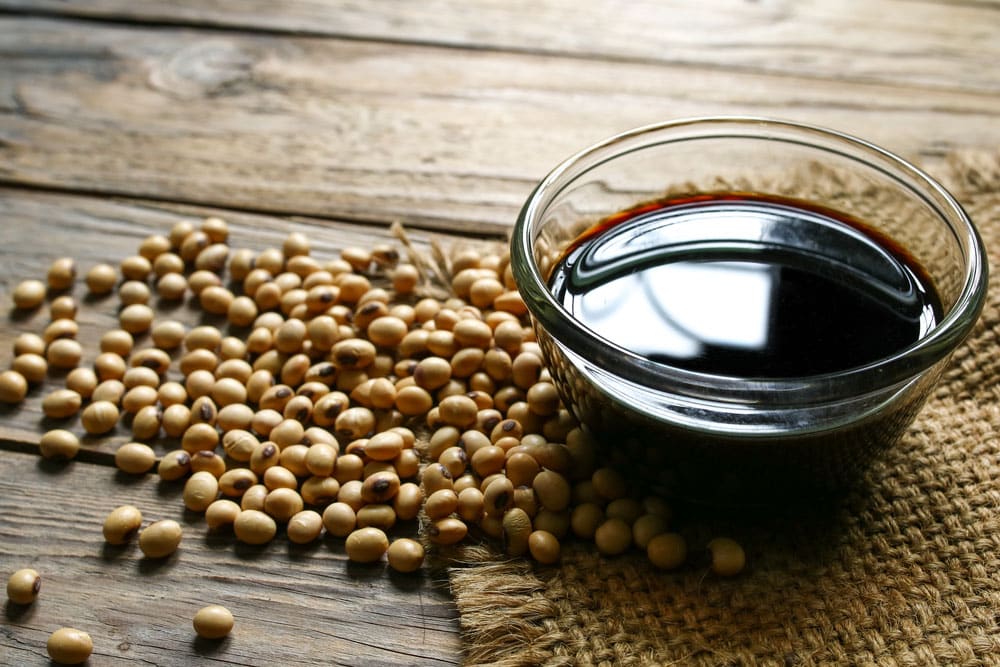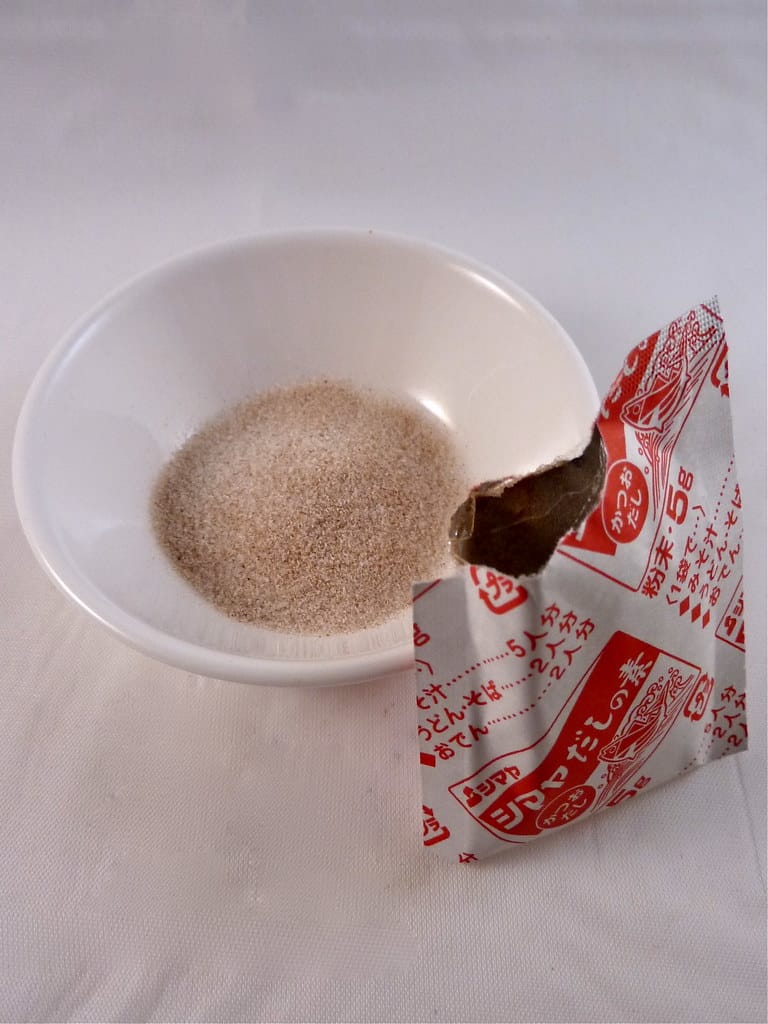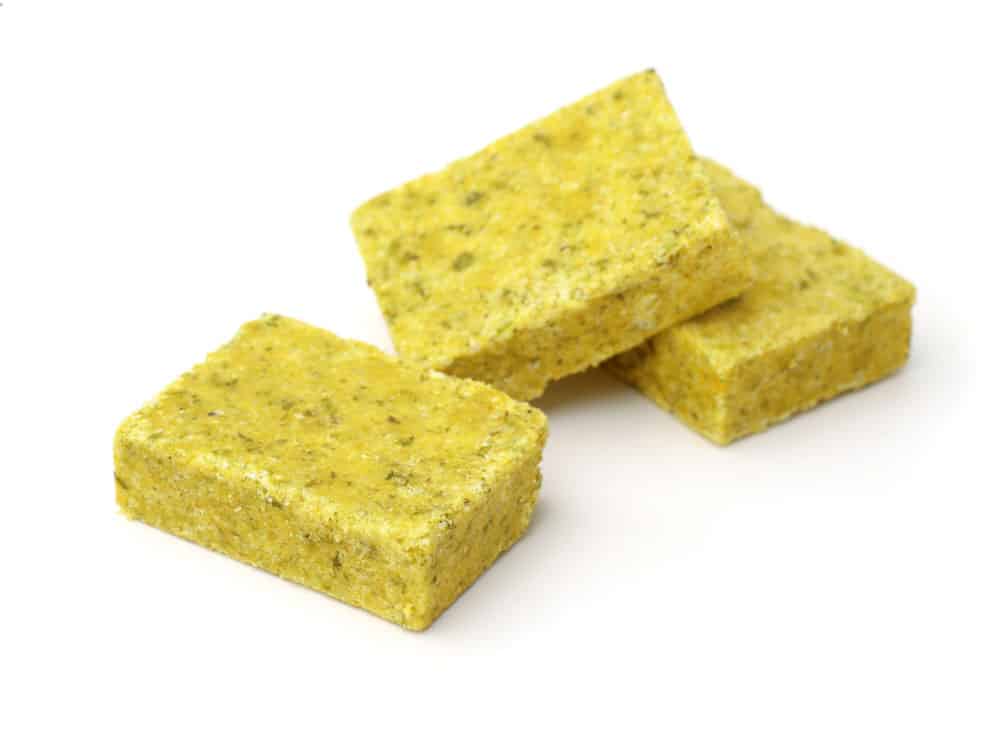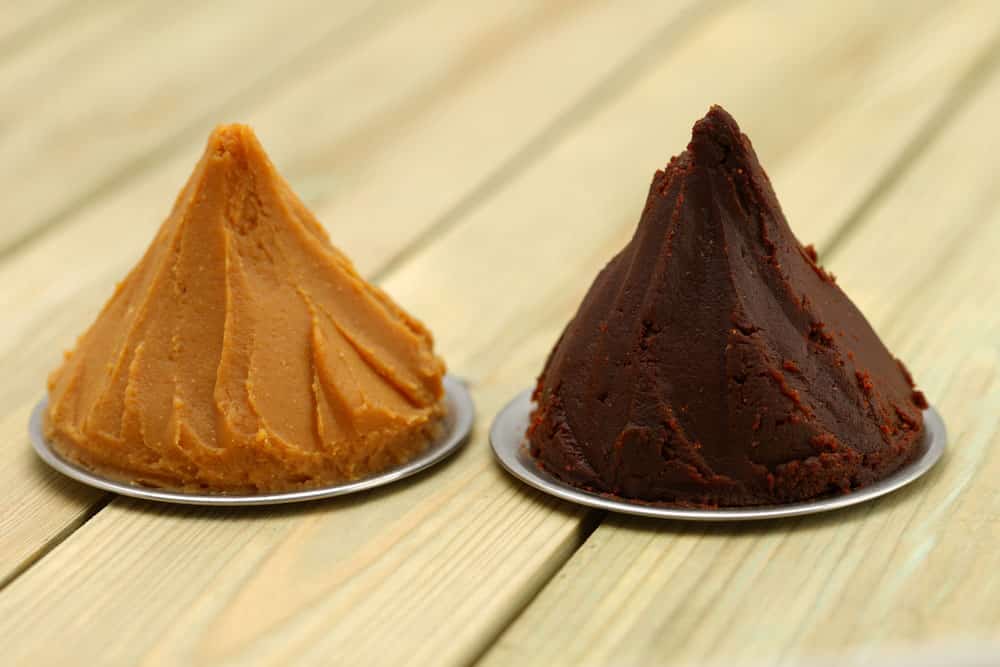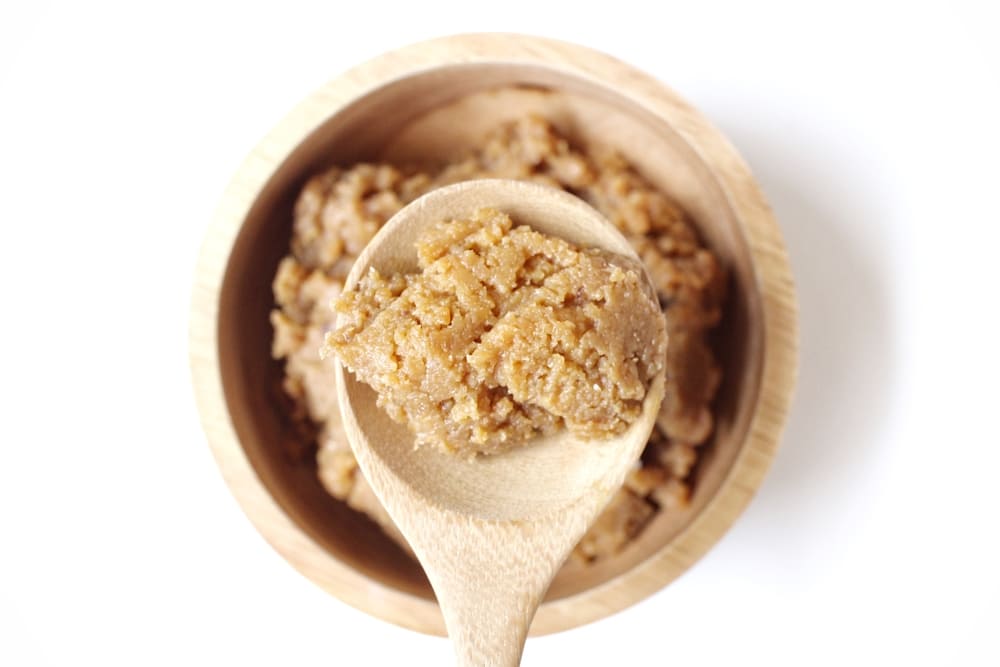
DISCLOSURE: This post may contain affiliate links, meaning when you click the links and make a purchase, I receive a commission. As an Amazon Associate I earn from qualifying purchases.
Miso is an extremely healthy and tasty ingredient, and more and more people have started using it in recipes. Truth be told, it’s becoming one of the most widely used ingredients for daily cooking.
That being said, the major stores always have miso in stocks, but if you cannot find white miso, there are plenty of different substitutes that you can go for. At its core, white miso is simply a fermented paste that’s made by adding a bunch of soybeans into a white mold known as koji.
This mold is made from soybeans, rice, and barley. It takes several weeks for miso to ferment properly, as the microorganisms have to break down the molecular structure of the beans properly.
White Miso Substitutes
Contrary to usual belief, there are different variants of miso available out there, and white miso is one of them. White miso is made from soybeans. The soybeans are usually fermented with bulk rice quantity for making white miso.
As for the appearance, white miso color ranges from light beige to white, depending upon the cooking and fermentation time. Generally, white miso has a sweet taste and is perfect for salad dressings. In addition, it can be added to make delicious and somewhat sweeter mayo.
The white miso is suitable for making light sauces. Because it’s such a delicacy and generally a niche item, there is a strong chance that you might not find white miso at your local superstore. However, if you can’t find it, that’s not a problem at all.
There are a number of alternatives available for white miso that you can go for. So, without further ado, let us share some of the best alternatives for white miso.
- Soy Sauce
[amazon box=”B07J1H37ZF”]
Whenever you have to substitute white miso, you should absolutely consider replacing it with soy sauce. This is because soy sauce is a fermented product and has a similar flavor profile.
The matching flavor profile is relevant here because soy sauce is also made using fermented soybeans. The best thing about using soy sauce as the substitute for white miso is that the nutritional profile is similar.
Soy sauce has a salty flavor and will help bring out the umami flavor in whatever you are cooking. Soy sauce doesn’t have any animal products added to it, which makes it a perfect substitute for vegan recipes. However, it can be watery as compared to miso (miso is the paste).
Soy sauce can replace white miso in dressings, soups, and other dishes that don’t have consistency issues. Lastly, soy sauce has a dark color, so it will impact the color of the dish.
If these things are important to you and you don’t want to darken the color of the dish, then this might not be such a wise idea for you. As for the consistency, this issue can be fixed if you just add a bit of anchovy paste because it will thicken the consistency.
However, the anchovy paste will increase the umami flavor. Also, you can add tomato paste to improve the thickness and general density of the soy sauce.
- Tamari
[amazon box=”B077TXFK17″]
If you don’t want to use soy sauce, tamari is the ultimate choice. Tamari is actually the byproduct of miso which makes it more suitable for replicating the flavor. For this reason, tamari will also help improve the umami flavor of your dish, while making it a bit saltier, just like white miso.
It looks like soy sauce, but the consistency is generally richer and thicker (it’s not even that salty). To illustrate, tamari has a thick constancy which makes it a better substitute for white miso (no, it won’t be watery). It’s still liquid but will still go better with some dishes.
Tamari can be used for substituting white miso in marinades and salad dressings.
- Dashi
[amazon box=”B0002YB40O”]
The third substitute for white miso is dashi. This is the Japanese ingredient that is commonly used in mainland Japan, though it has made its way overseas. It is widely used in Japanese cuisines and recipes. Dashi is actually made from kombu and has a pale broth appearance.
As for kombu, it’s the seaweed, so expect a hint of saltiness in the fray. Be it sushi rice or ramen, dashi can replace white miso in multiple dishes. It’s essential to state here that dashi doesn’t look like white miso, but it will improve the flavor profile of the recipe (the savory flavor).
However, it has a watery consistency, so only add it to recipes that can handle some liquid. Lastly, dashi has a concentrated flavor, so it might be a wise idea to add as little of it as possible. You might want to try out the dish once you’ve added some dashi before you decide to add some more in.
- Tahini
[amazon box=”B00B1HL0H8″]
We are sure that tahini reminds you of hummus, but it works great as a direct substitute for white miso. Tahini is made from sesame seeds (the grounded ones, in particular). Tahini has a similar consistency and appearance to white miso as well.
That being said, it can replace white miso in a majority of the dishes in terms of flavor as well as consistency. On the other hand, tahini is not suitable for dishes that need a higher amount of miso because it has a creamier texture and a nuttier flavor.
It is better that you add salt to tahini because it will bring out the saltiness that most people prefer when they add white miso into any dish.
[amazon box=”B002HQGK9K”]
Using vegetable stock might sound like a strange option, but it can replace white miso in soups and savory recipes. We suggest that you opt for fresh or homemade vegetable stock because it has an intense flavor profile.
However, vegetable stock is also available from virtually any grocery store in canned form. For the most part, using vegetable stock has become a healthier substitute for white miso. You can make vegetable stock with umami seasonings and herbs for replicating the flavor.
Also, you can add a suitable amount of seasoning for the right flavor. The vegetable stock can be thickened, but it won’t match the thickness of the white miso. Last but not the least, vegetable stock is also suitable for substituting white miso in vegan recipes.
[amazon box=”B07DK1PXGG”]
We have already mentioned that soy sauce is a suitable choice when you have to substitute white miso, but fish sauce is great as well. Fish sauce is an ideal choice for seafood recipes and dishes.
As far as the flavor is concerned, fish sauce can add the umami and salty flavor to the recipe (what else do you need?). However, it’s best to add a smaller amount of fish sauce while substituting white miso since it has a concentrated flavor.
For the most part, many consider fish sauce as a healthier substitute for white miso. You can make the fish sauce with umami seasonings and herbs for replicating the flavor. Also, you can add a suitable amount of seasoning to get the right flavor.
The vegetable stock can be thickened, but it won’t match the thickness of the white miso.
The Bottom Line
The bottom line is that the white miso substitutes from this article will suit the majority of recipes that demand the use of this obscure, yet tasty ingredient. If you are struggling to find a substitute, just opt for yellow miso or dark miso!
Both are readily available, though both have slightly different taste profiles. If, however, you are a bit flexible on the dish you choose and can go along with any one you prefer, you should absolutely consider going for yellow or dark miso.
However, if neither is available, then you can choose from any of the options available on this list.


